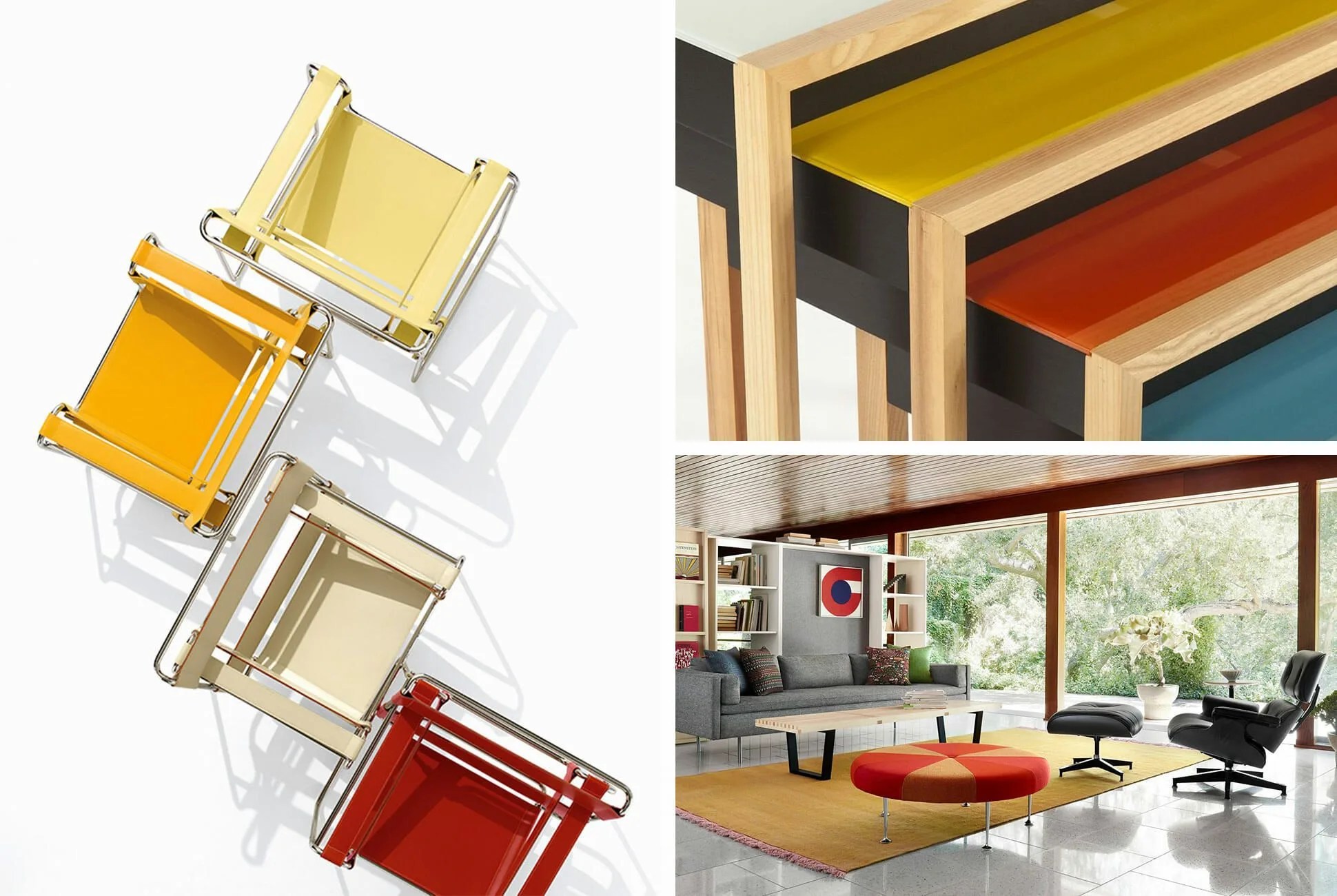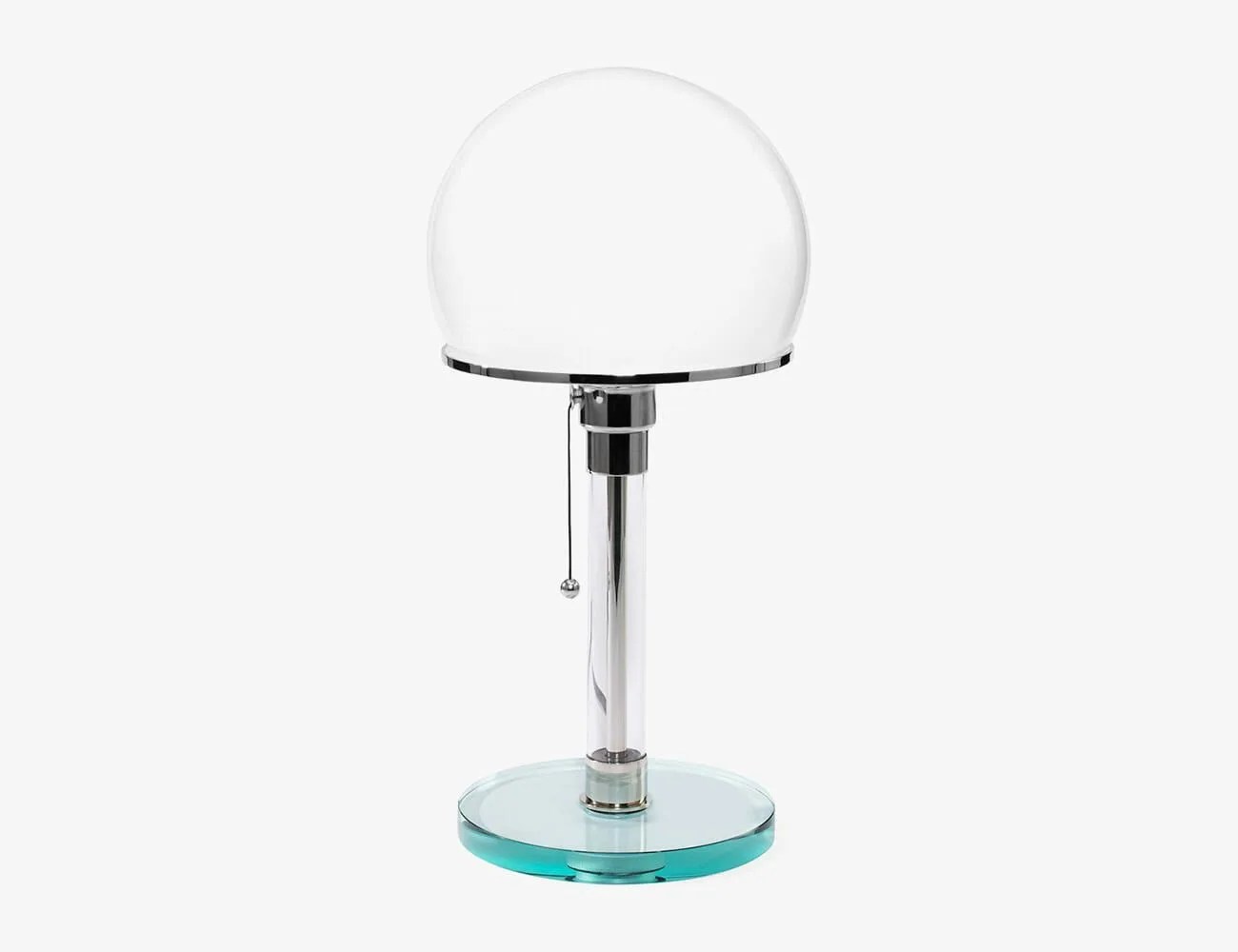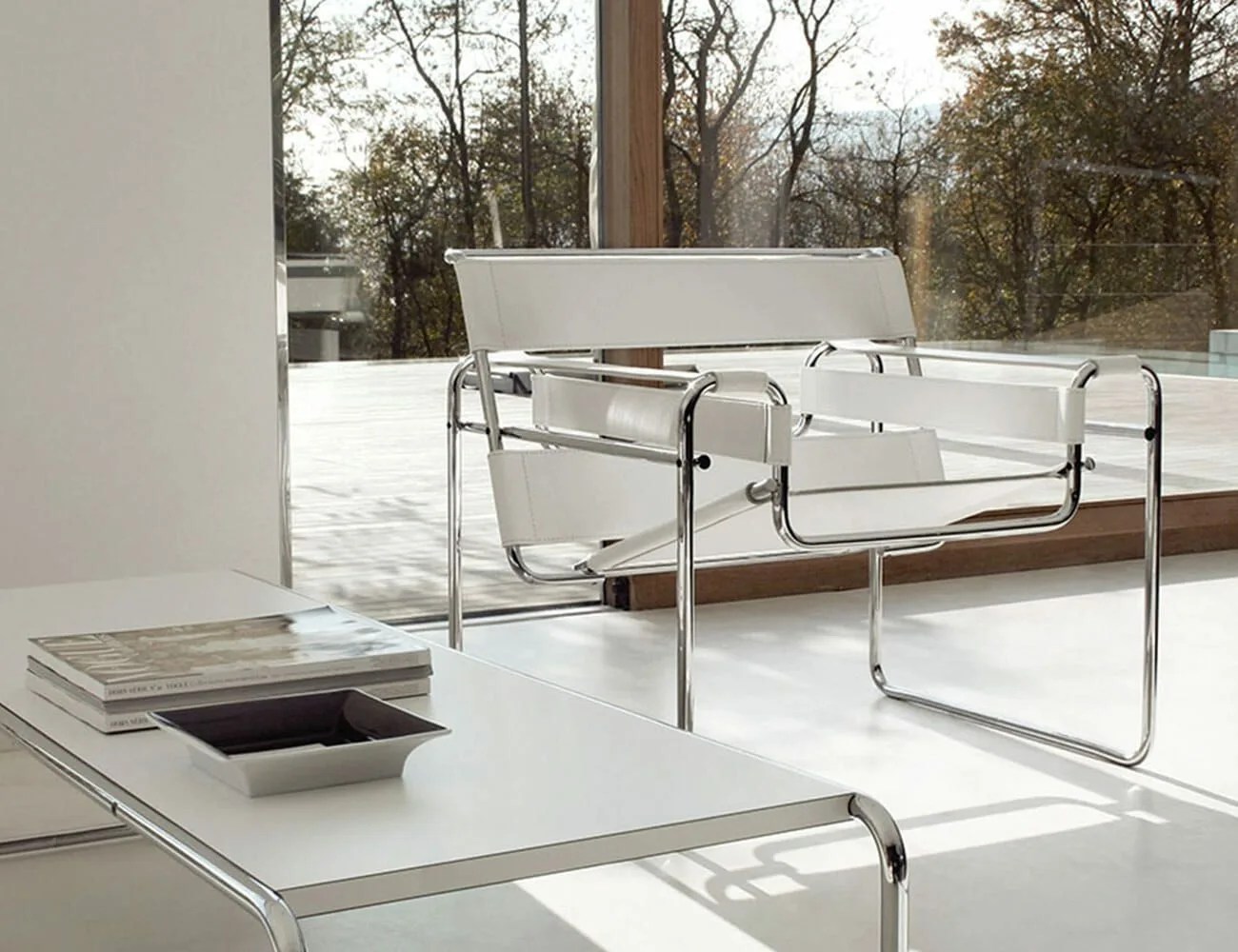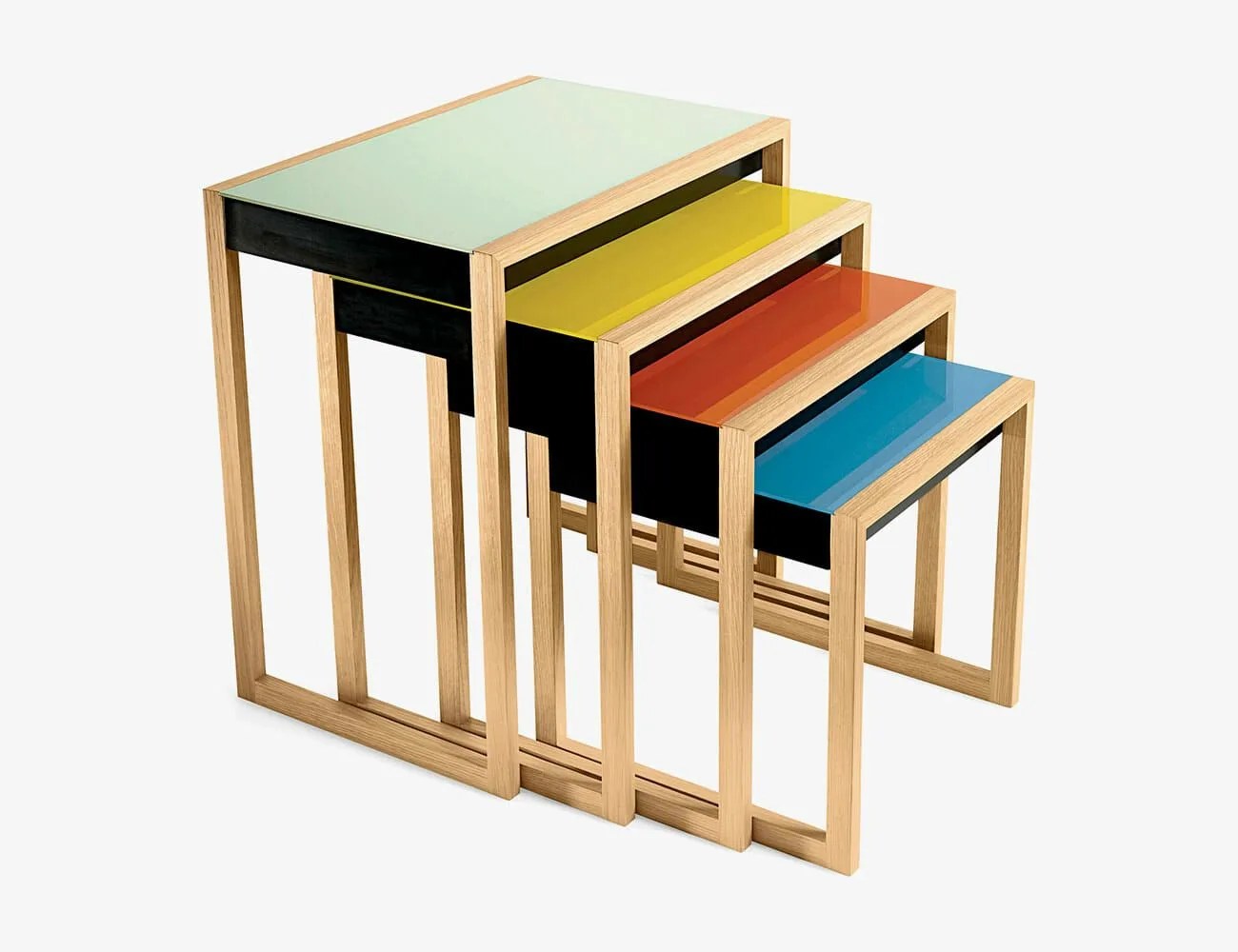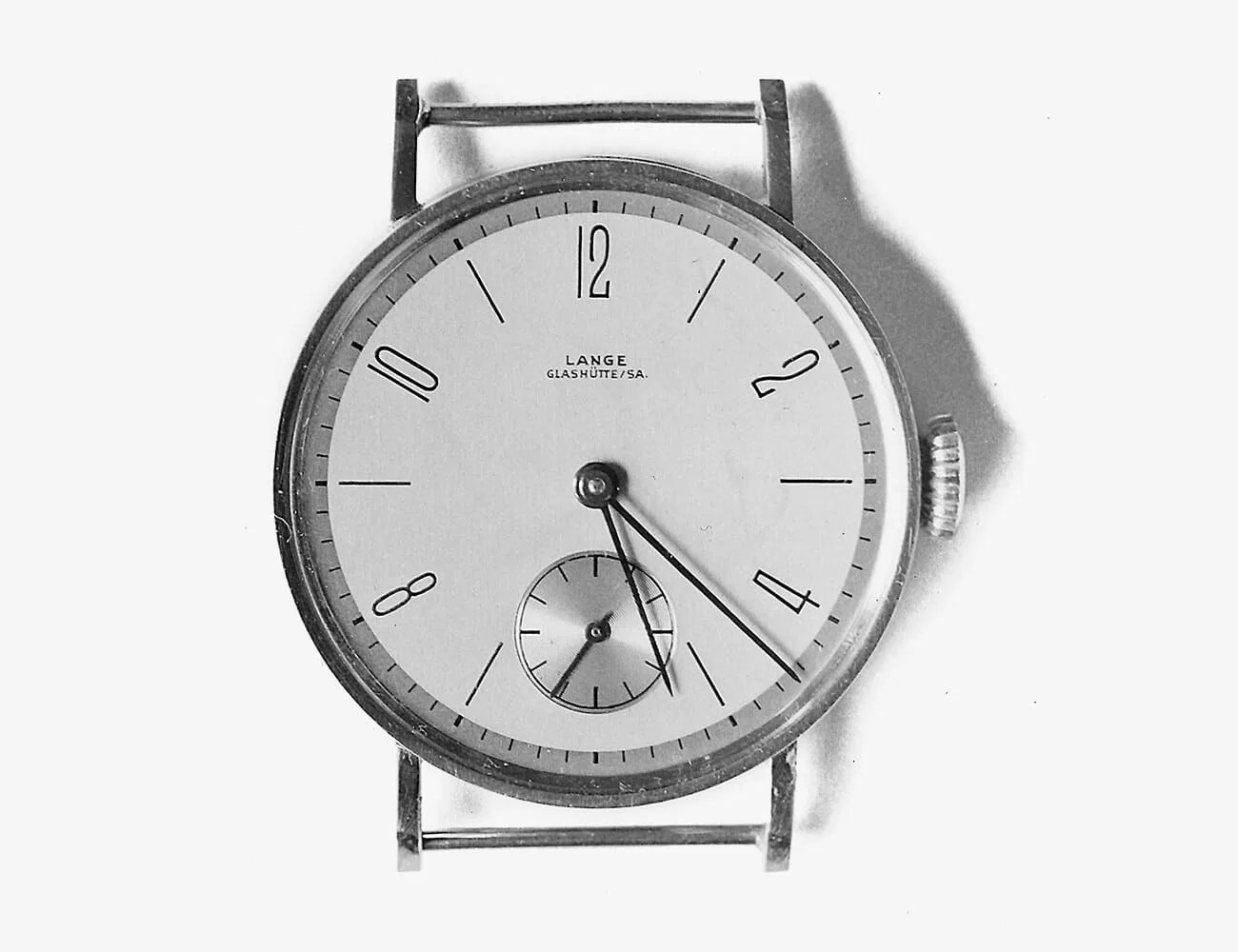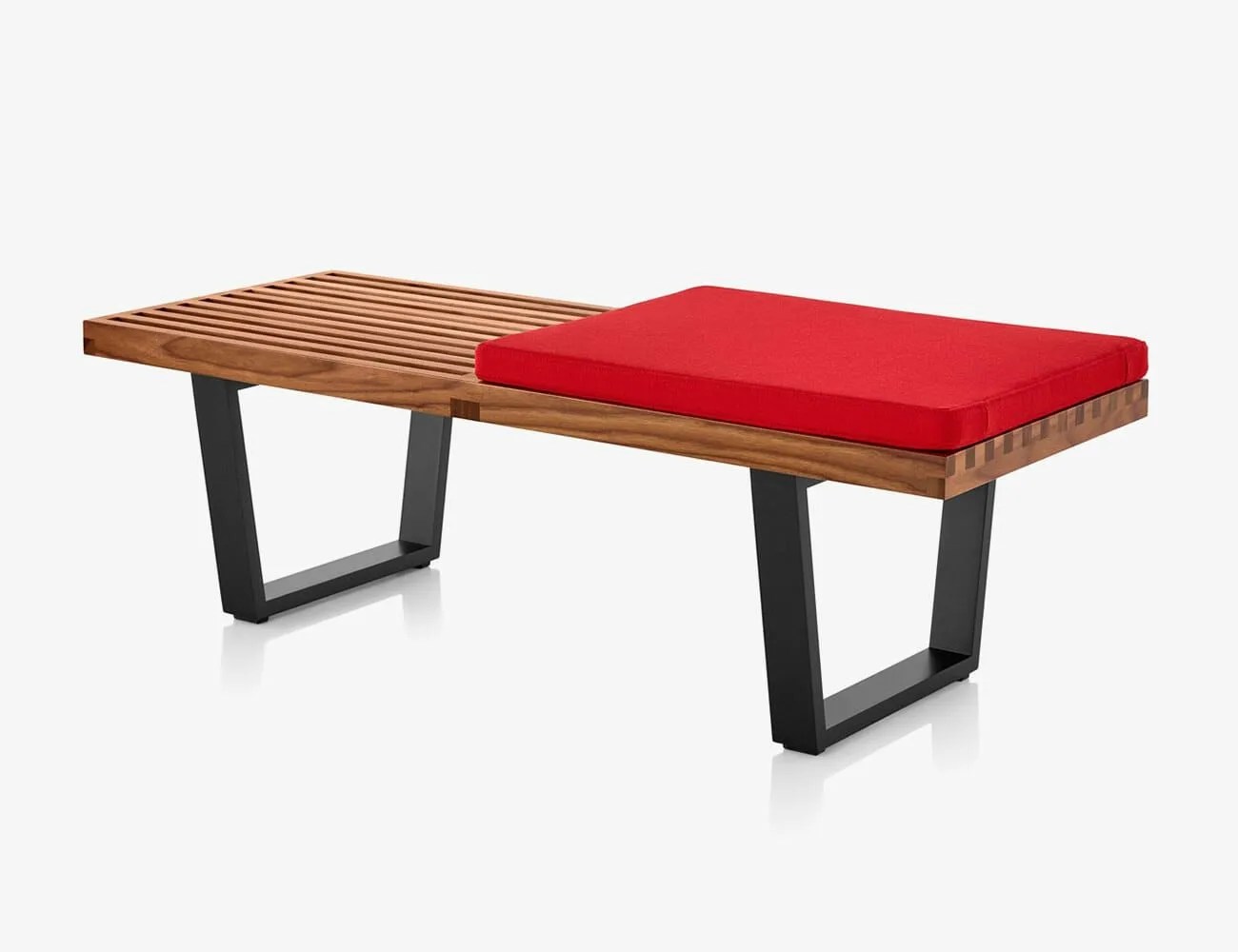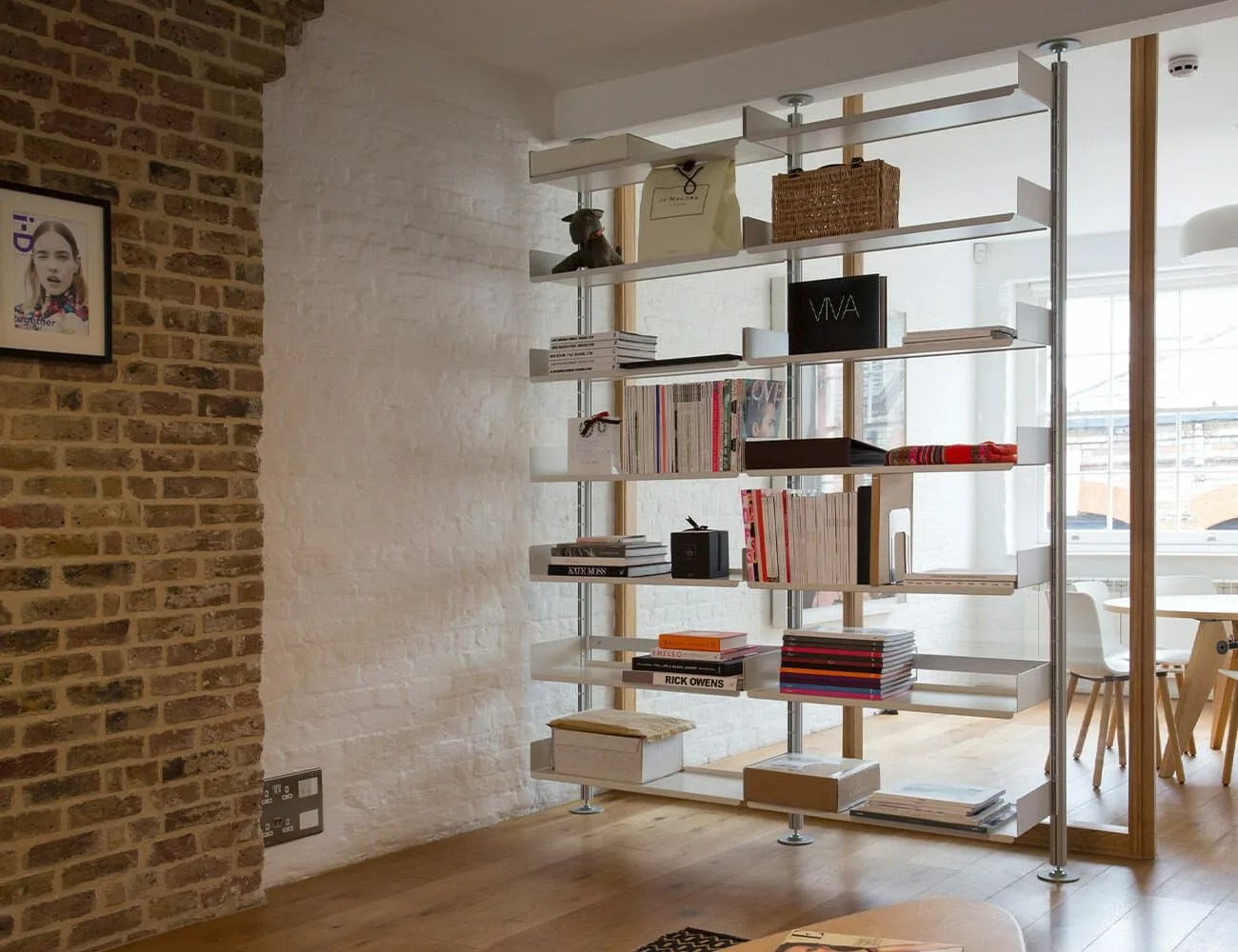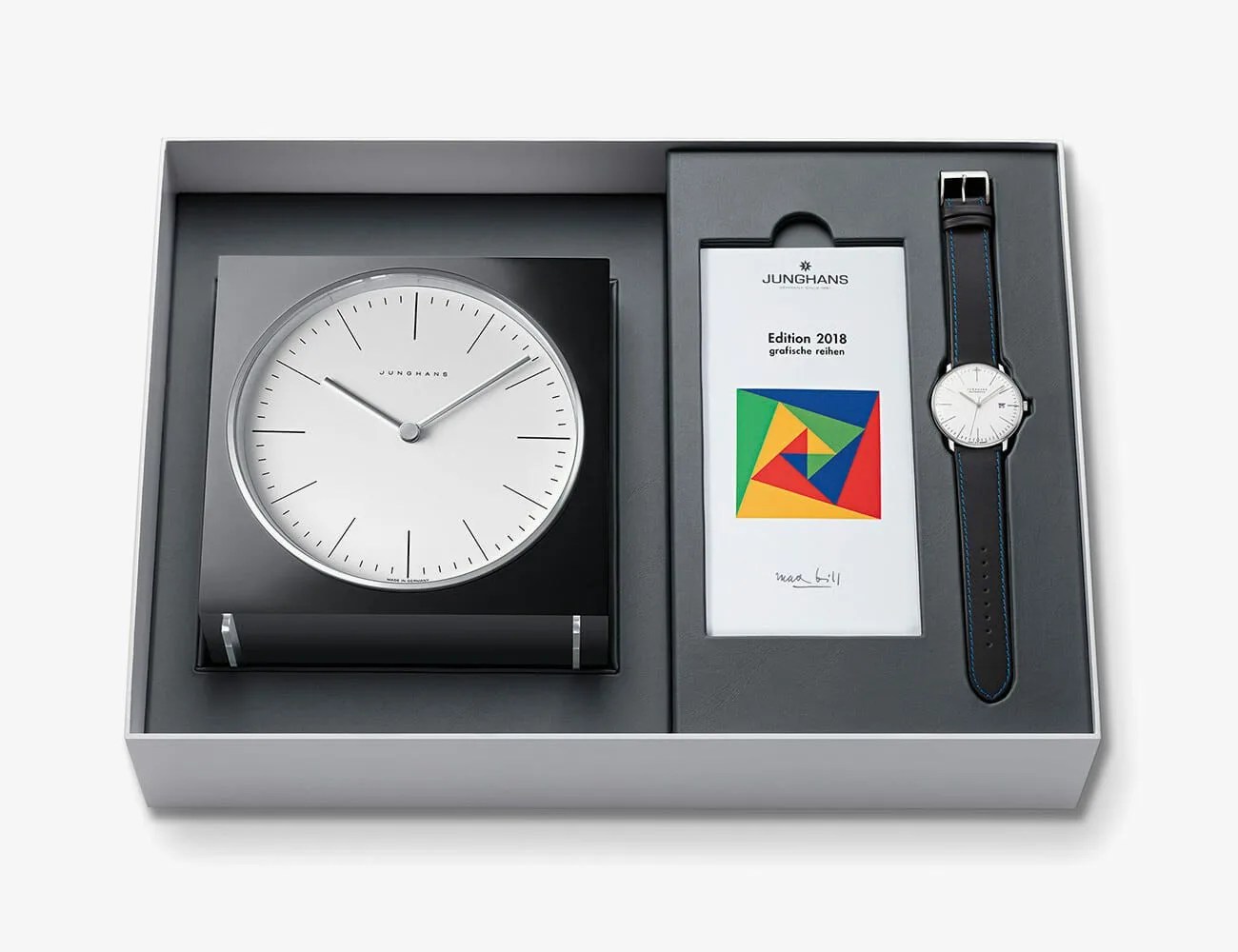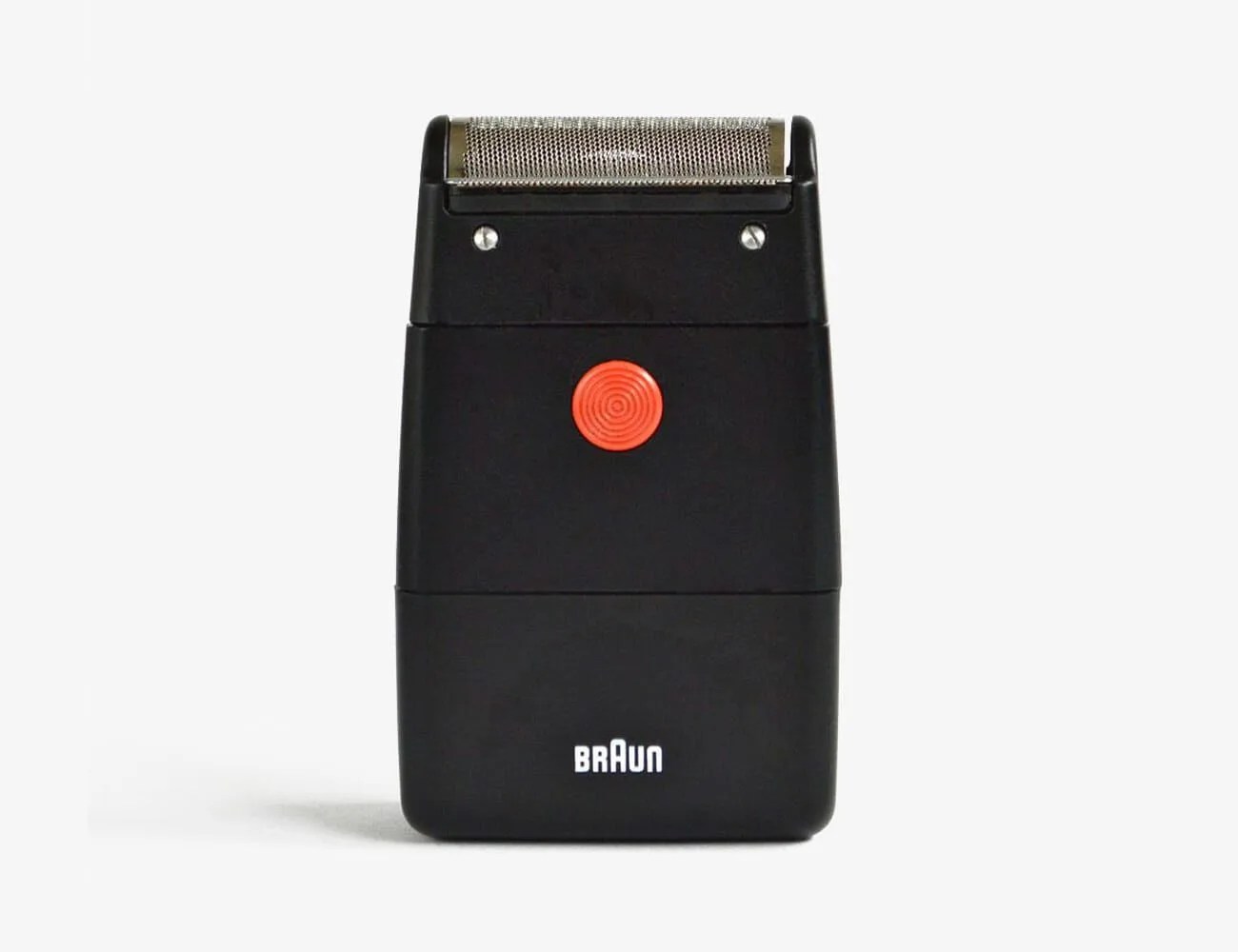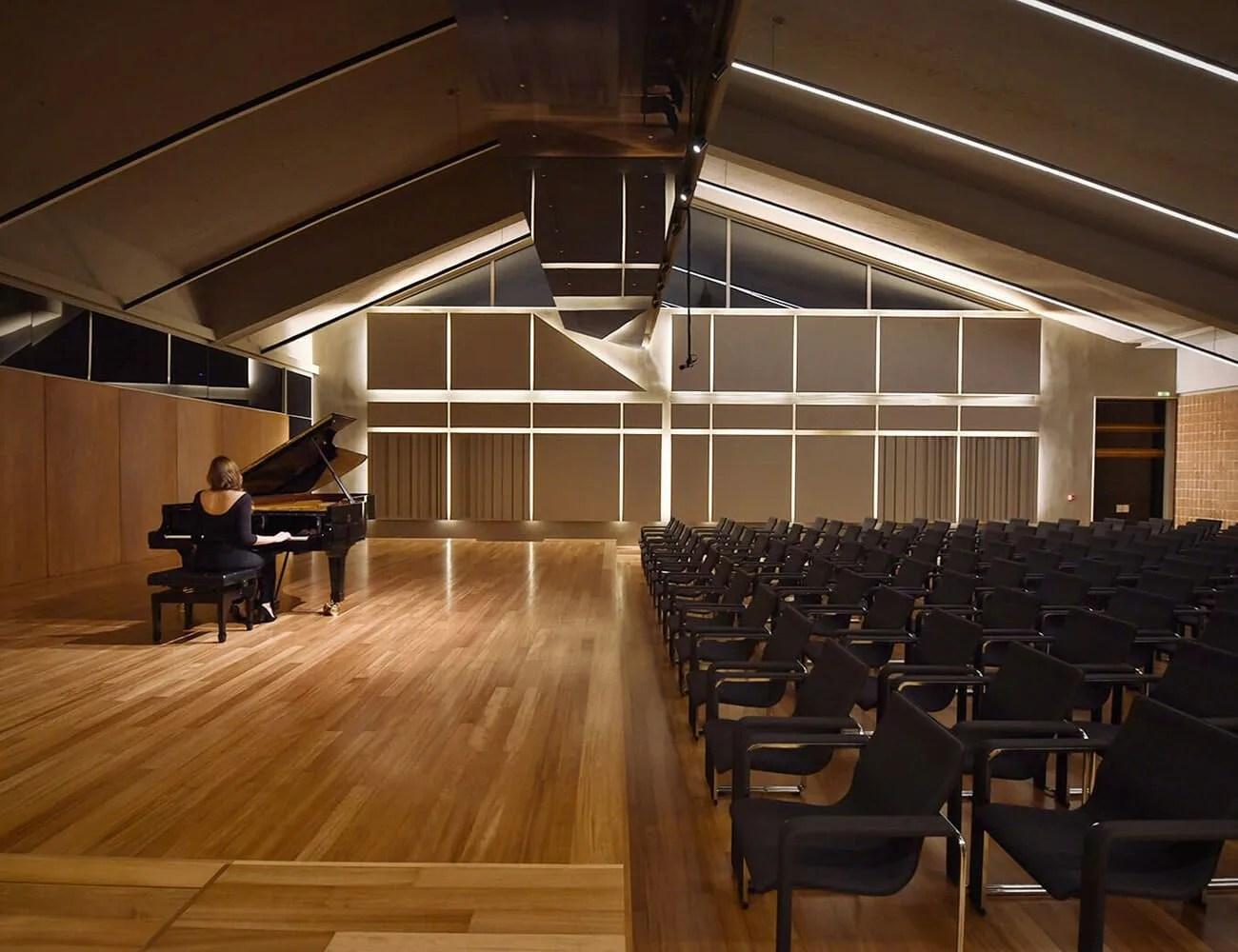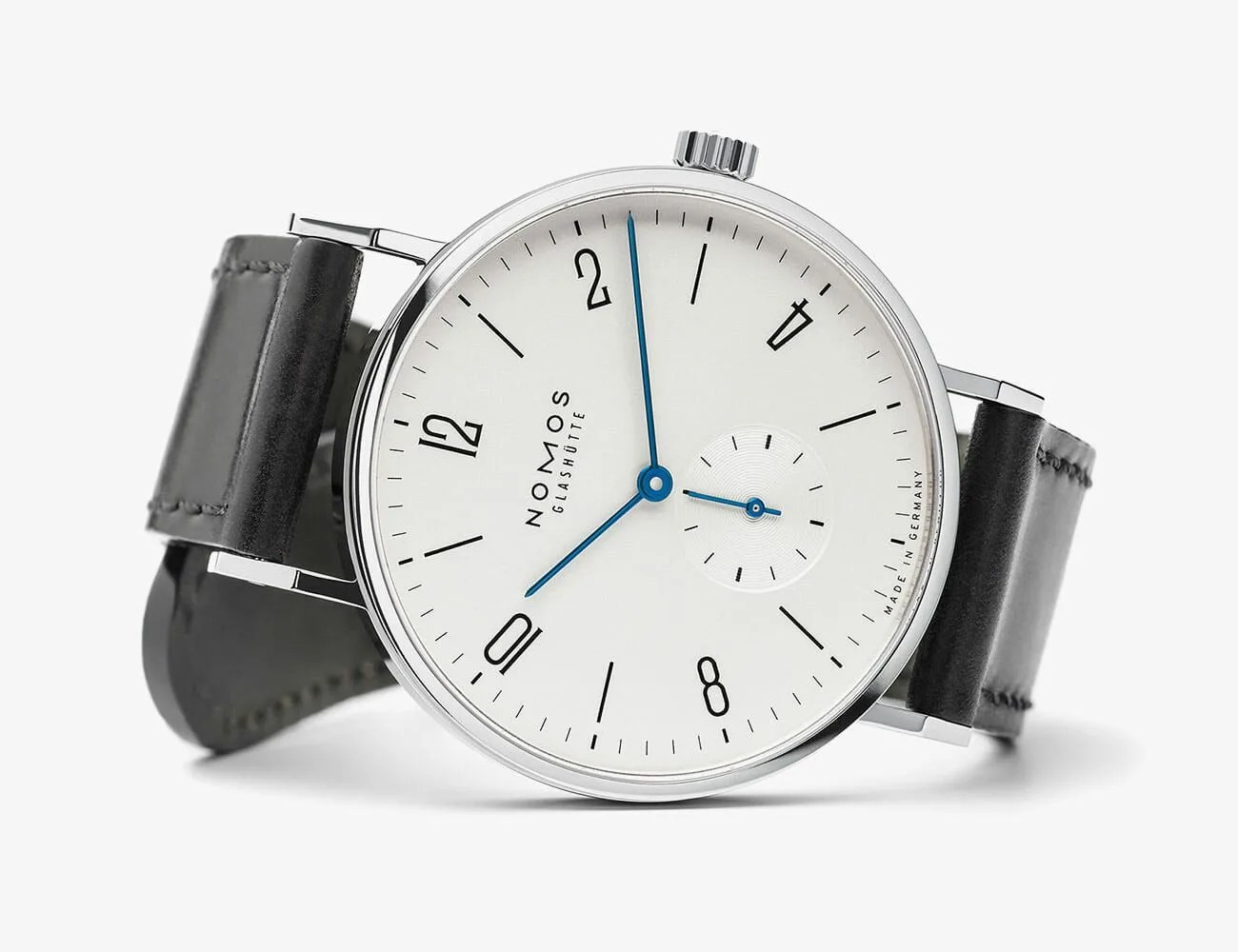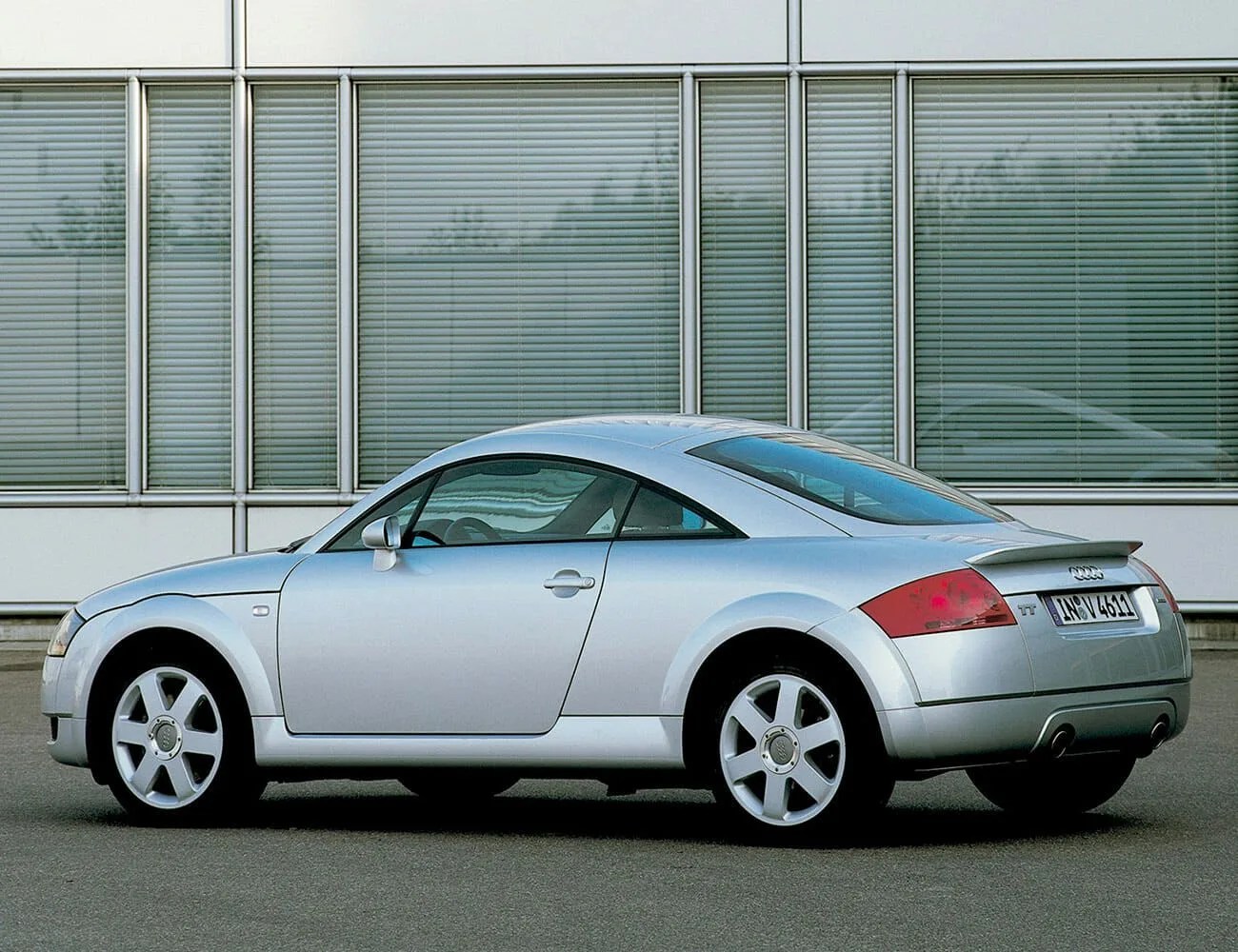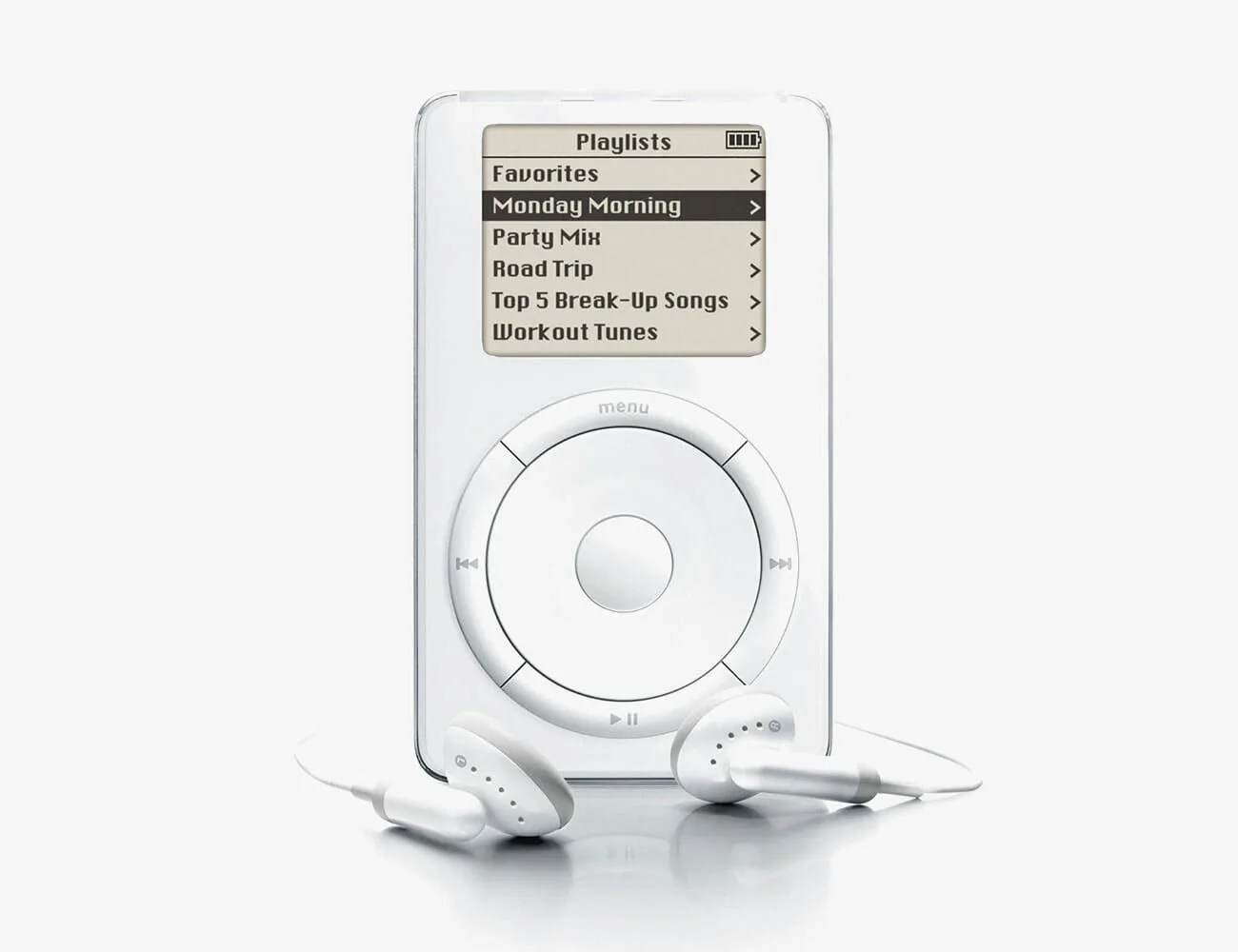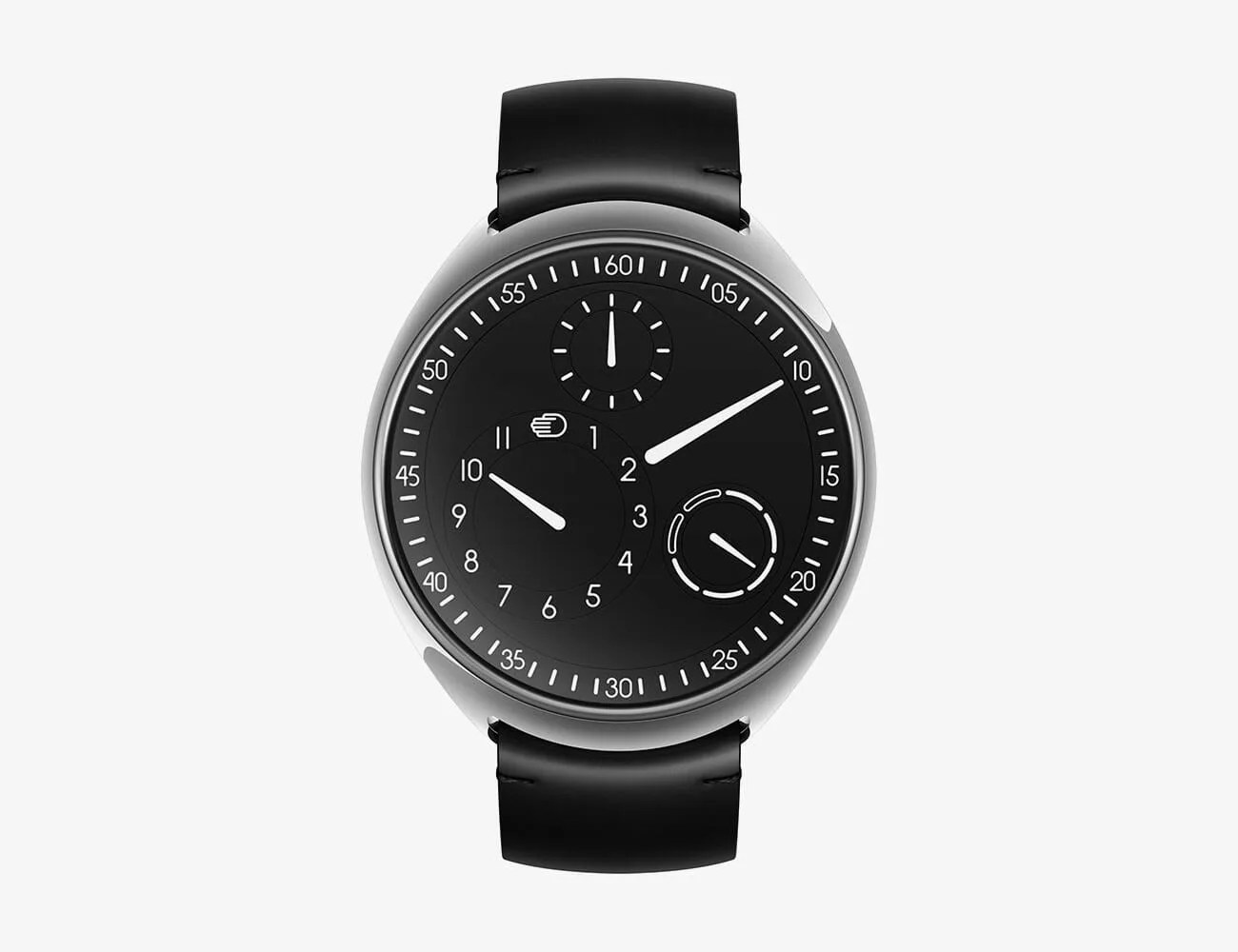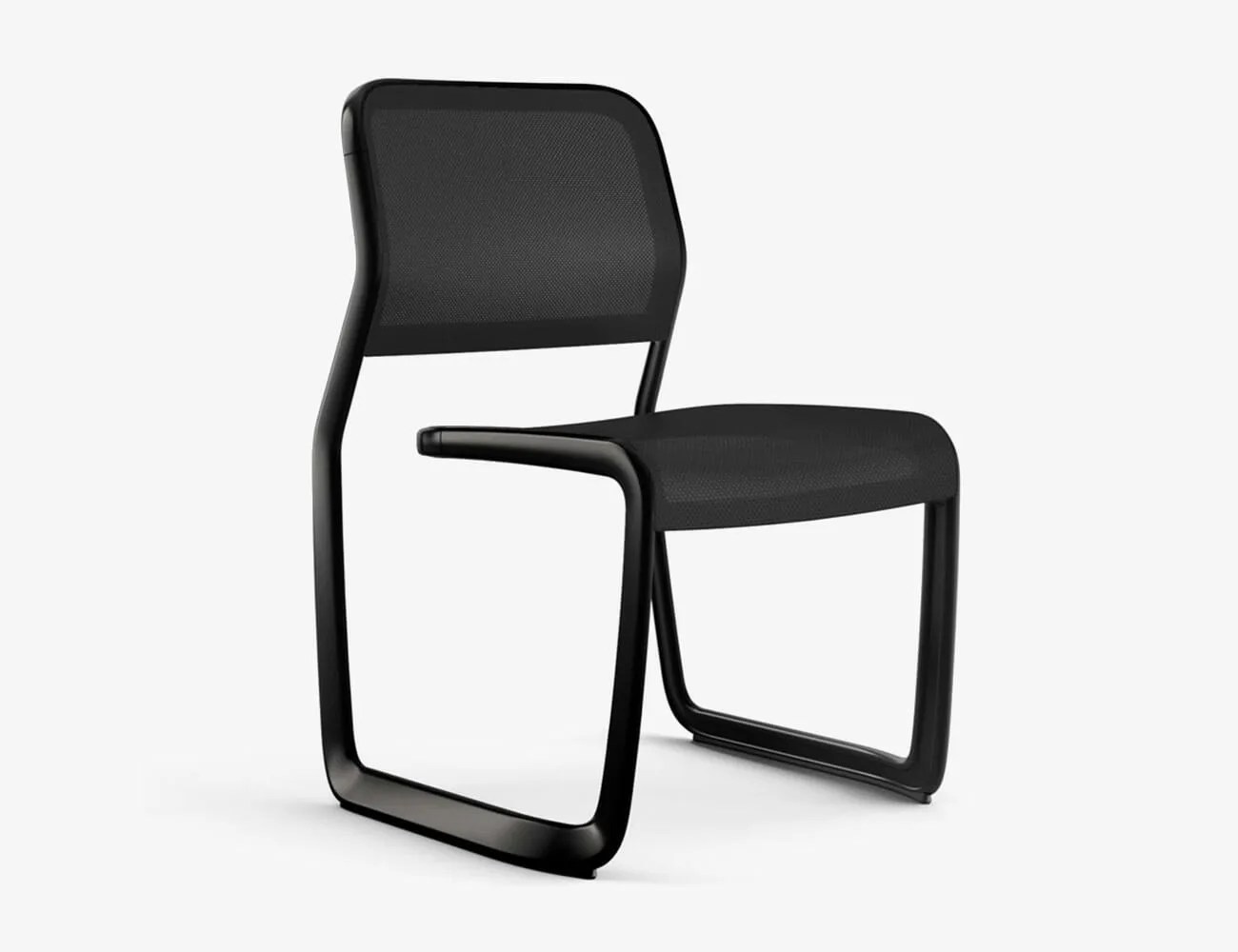No art movement in history has impacted the world of products quite like the Bauhaus. Founded in 1919 by the architect Walter Gropius in Weimar, Germany, the school’s original manifesto proposed a union of art, architecture and design via a curriculum that would “create a new guild of craftsmen, without the class distinctions that raise an arrogant barrier between craftsman and artist.”
Gropius and his fellow Bauhaus instructors — Paul Klee, Wasily Kandinsky, Oskar Schlemmer, Herbert Bayer and Marcel Breuer — preached a multidisciplinary approach to design that was built upon the tenets of modernism. Its central axiom has become prevalent across myriad disciplines: form follows function.
Thus, the products that emerged from Bauhaus were stripped of nearly all ornamentation and made from common materials that lent themselves to mass production — buildings, chairs, wristwatches and everything in between. Today, the influence of the Bauhaus is evident everywhere you look, from Apple’s iPod to the Porsche 911. Distinctly modern, relentlessly practical and admittedly polarizing, it was a movement that continues to inform multiple creative disciplines, and 100 years after the school’s founding, its popularity shows no signs of waning.
A Brief Illustrated History of Bauhaus Products
1924 — MT8 Table Lamp
by Wilhelm Wagenfeld and Carl Jakob Jucker
